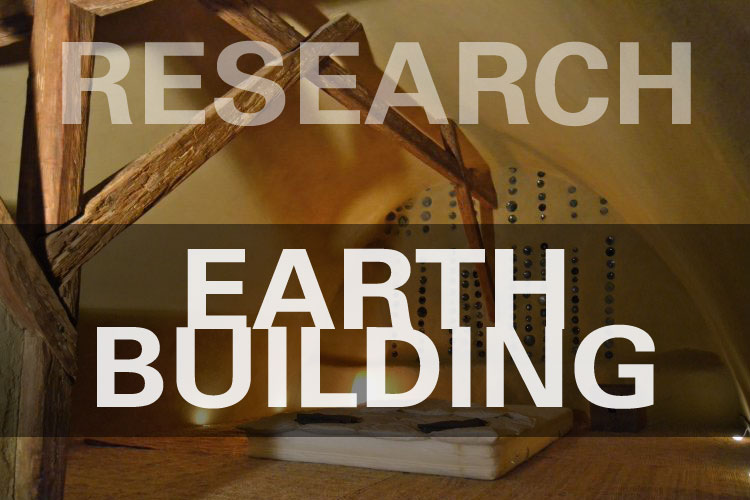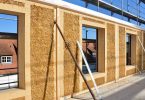The comfort of the occupants and the quality of indoor air are becoming important parameters in the selection of building materials for use inside buildings. Earth is a material that seems to meet all the requirements, essentially because of its low environmental impact and its strong hygroscopic properties, as observed in historic earth constructions.
The work presented in this paper aimed to measure the hygrothermal properties of five extruded earth bricks produced at five brickworks in the neighbourhood of Toulouse in southern France. The hygrothermal properties studied were vapour sorption isotherms, water vapour permeability, heat capacity, moisture-dependent thermal conductivity and effusivity. The mineralogical characterisation of the five earth bricks showed differences in the nature of the clay: the clay minerals contained in bricks 1–4 were montmorillonite, chlorite and illite whereas the only clay mineral contained in brick 5 was kaolinite. Despite this difference, the hygrothermal characteristics measured were very close in all five bricks and often close to the few data existing in the literature on earthen materials. The hygrothermal properties of the five earth bricks confirmed their capacity to regulate the relative humidity of indoor air.
Authors: Cagnon, H.; Aubert, J. E.; Coutand, M.; Magniont, C.
Link: http://www.sciencedirect.com/science/article/pii/S0378778814004162




